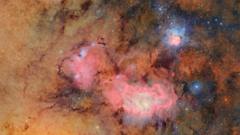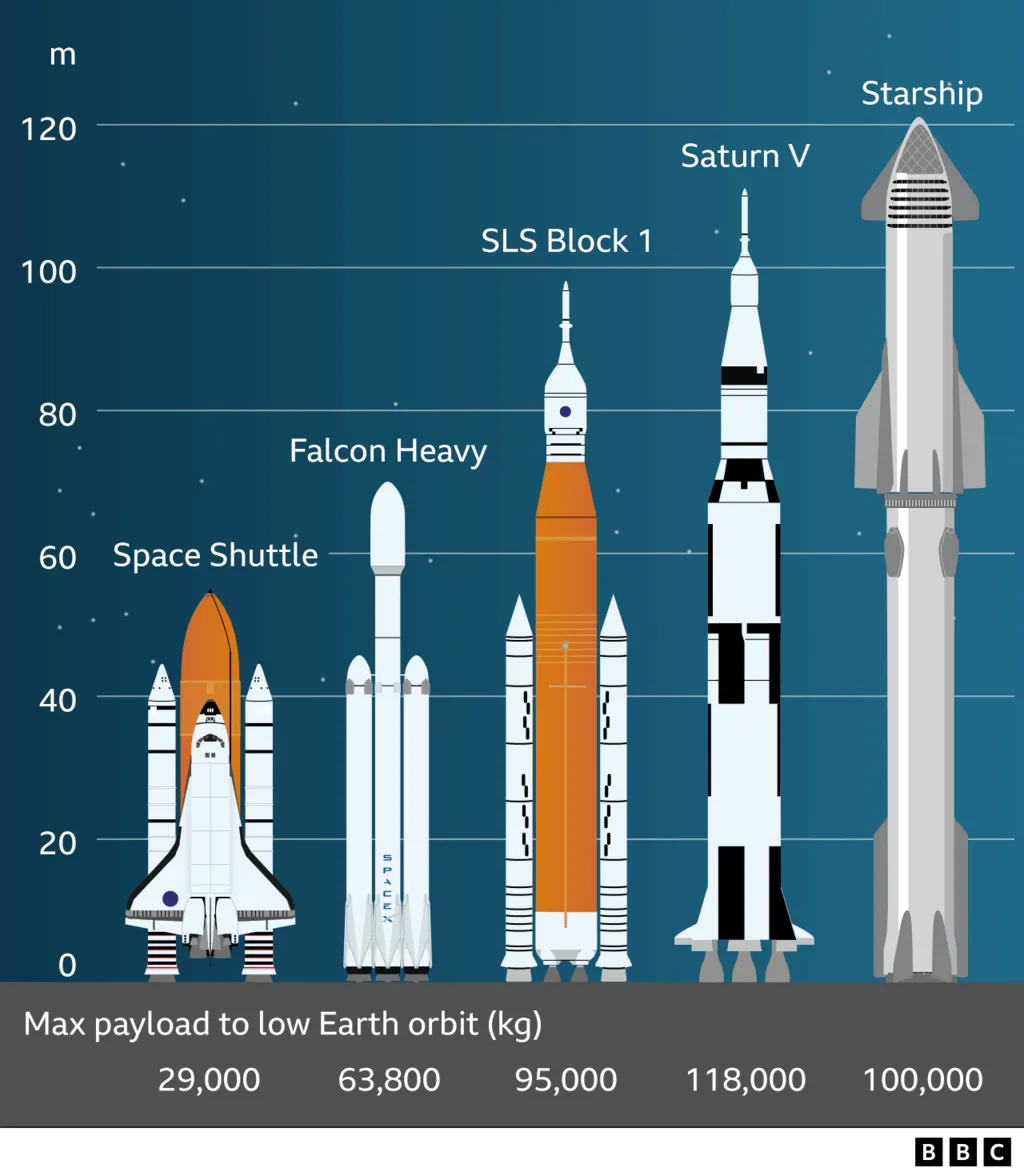In a significant leap for astronomy, the Vera C. Rubin Observatory in Chile has released its first captivating images of celestial phenomena, showcasing the breathtaking splendor of the Trifid and Lagoon nebulae. Situated 9,000 light years away from Earth, the vibrant, swirling clouds of gas and dust represent the telescope’s remarkable capability to explore the universe like never before.
Backed by a 3,200-megapixel camera—an impressive 67 times the resolution of an iPhone 16 Pro—the observatory is set to map the Milky Way, investigate dark matter, and even hunt for potentially dangerous asteroids, all while conducting a ten-year continuous survey of the southern night sky.
Professor Catherine Heymans, Astronomer Royal for Scotland, emphasized the importance of this project, which has been decades in the making: “For 25 years, we’ve dreamt of this phenomenal facility.” The telescope’s ability to frequently map the sky allows it to alert scientists whenever it detects changes, providing fresh insights into the cosmos.
Thanks to its location at the Cerro Pachón mountain, which is ideal for stargazing—high, dry, and dark—the observatory's functionality stands out. Engineers meticulously keep the facility dark to ensure that stray light doesn’t interfere with astronomers’ observations.
The powerful telescope's design features a unique three-mirror setup that enhances its light-capturing abilities, crucial for observing distant phenomena, including faint galaxies. The telescope can capture images every 40 seconds for long hours, initializing a wealth of data that scientists worldwide will analyze.
The data stream is expected to peak at around 10 million alerts each night, and its potential impact is vast, from studying the formation of galaxies to possibly solving the enigma of a ninth planet lurking in our solar system.
Elana Urbach, a commissioning scientist, underlined the observatory’s mission: “We want to understand the history of the Universe.” And with the first images now revealing the universe's hidden wonders, astronomers are fueled with excitement for the revolutionary discoveries that lie ahead.



















